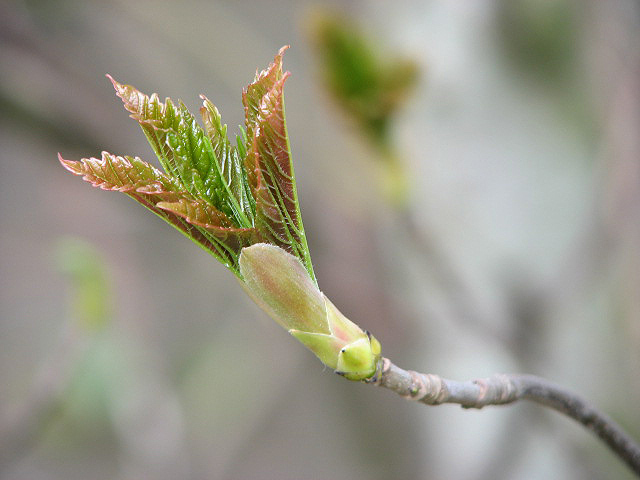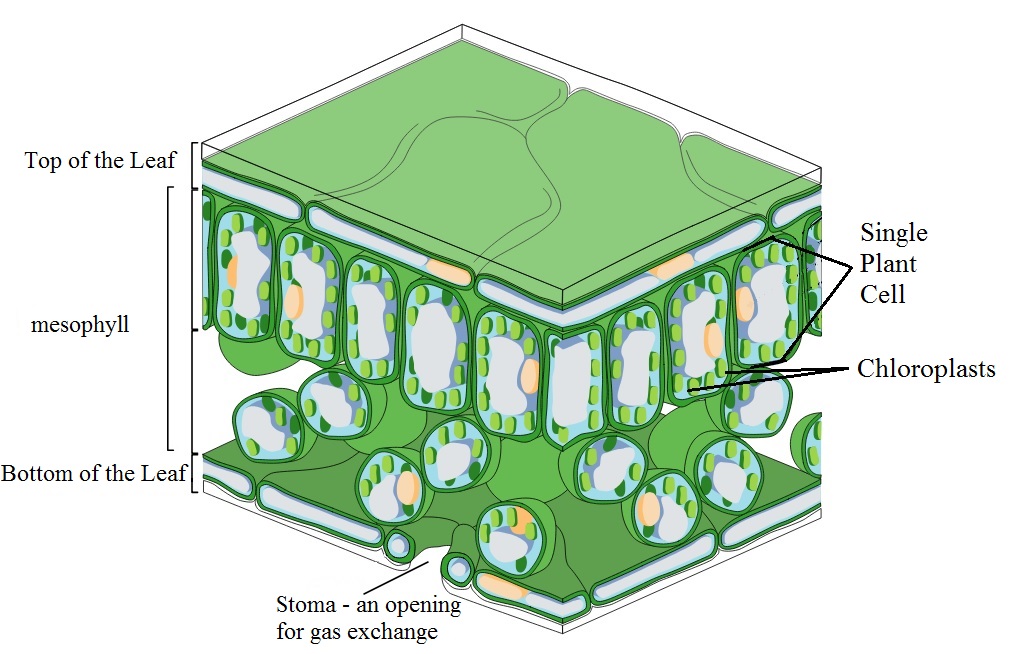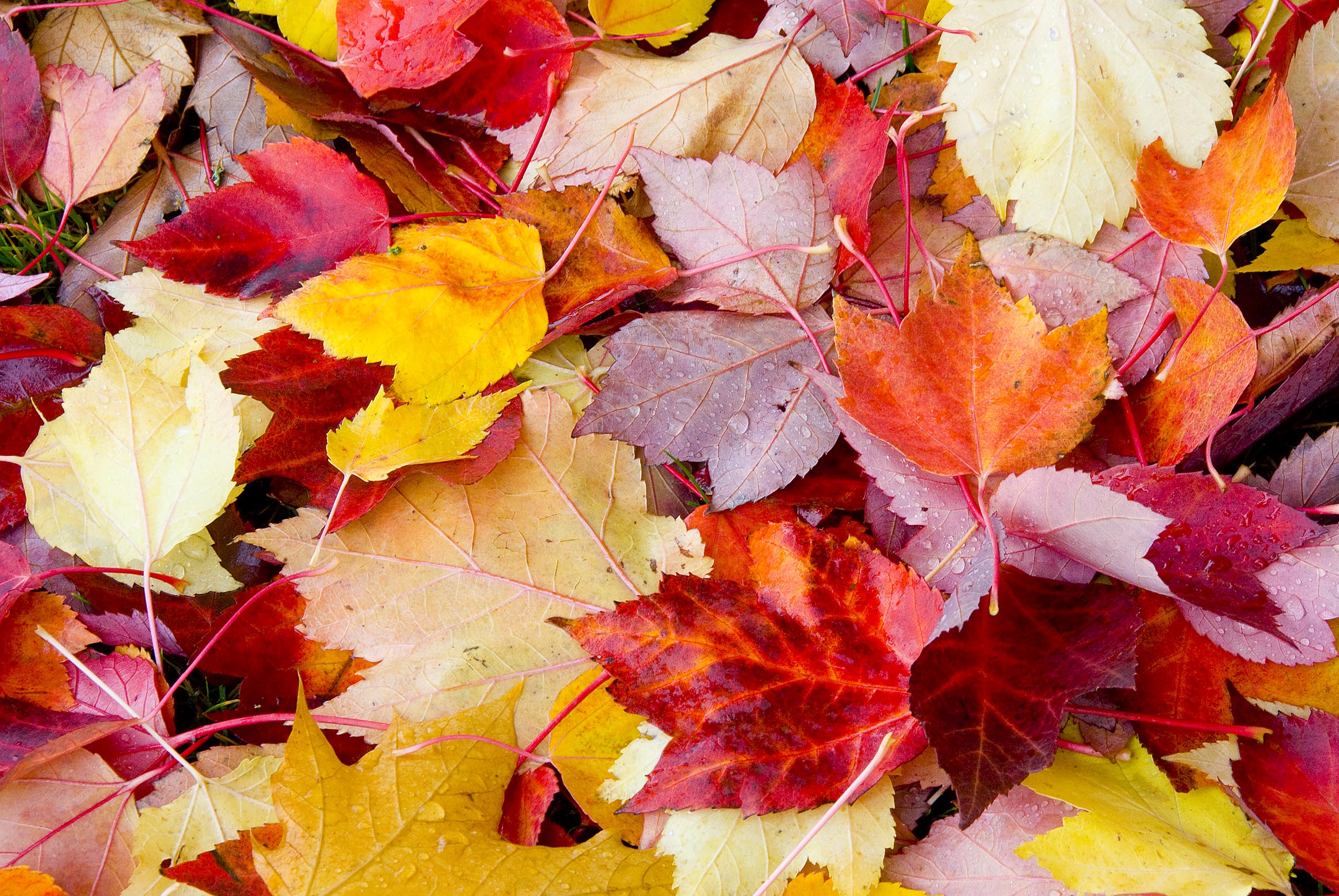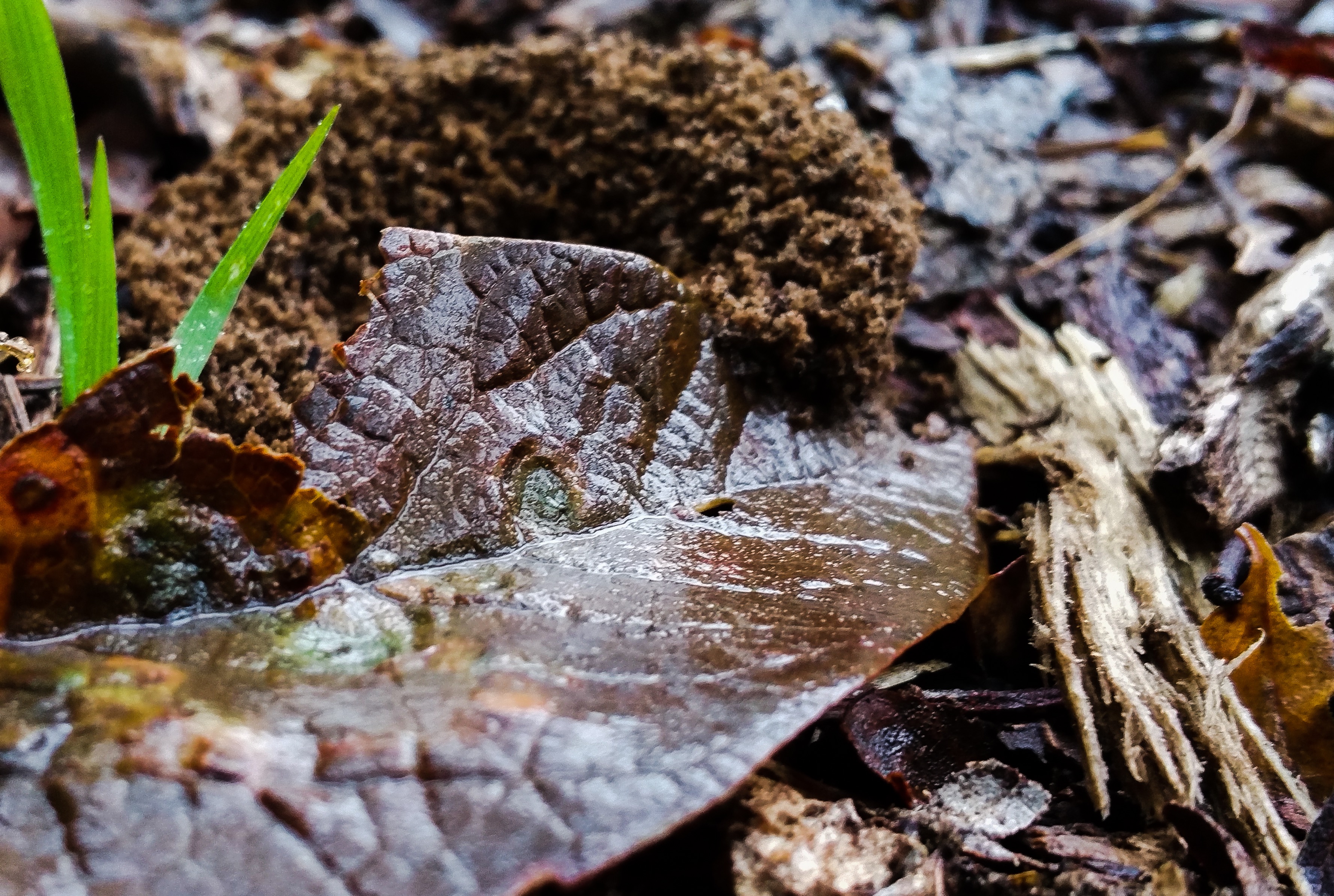Blog

#bioPGH Blog: A Journey of Color - The Leaf Cycle Story
 A resource of Biophilia: Pittsburgh, #bioPGH is a weekly blog and social media series that aims to encourage both children and adults to reconnect with nature and enjoy what each of our distinctive seasons has to offer.
A resource of Biophilia: Pittsburgh, #bioPGH is a weekly blog and social media series that aims to encourage both children and adults to reconnect with nature and enjoy what each of our distinctive seasons has to offer.
Though this year's drought caused some concerns about leaf color, Pittsburgh is wrapping up our peak of leaf color change! We may be less excited about the bright colors fading, but leaf fall is an incredibly important part of the natural cycle of life in temperate climates—not to mention there is an unbelievable amount of fungal and microbial activity happening right before our eyes on those fallen leaves! Let’s take a moment, though, to appreciate the full life story of a leaf. We might not be so disappointed that the fall colors are past for the year.
Imagine your favorite tree on a day in late winter or early, early spring, before we can see even the lightest blushing of green. If we zoom in on that tree to a single vegetative bud—a bud that will produce a leaf—we can follow the life of that leaf. Just after budburst, this leaf will appear green yet often slightly tinged red. This red comes from a build-up of plant pigments called anthocyanins, once thought to act as a natural sunblock for the young leaf, but possibly to serve as a deterrent for hungry herbivores. Many leaves, though they will be green when mature, start off with other pigments visible.

Our leaf friend will mature in spring, and throughout the spring and summer, tree leaves have an essential job to do: photosynthesis. In this process, the energy from the sun powers the chemical reaction in a leaf that converts carbon dioxide and water into oxygen and glucose (sugar). If you look at the diagram of a zoomed-in leaf below, photosynthesis is occurring in the chloroplasts ( a type of organelle, or “little organ”) of plant cells. Each cell has many chloroplasts, and these chloroplasts are full of the pigment chlorophyll, which facilitates photosynthesis. The chlorophyll is also what gives leaves their vibrant green color.

As summer leads to autumn, we look forward to seeing leaves turn color from green to vivid reds, yellows, oranges, and even purples. Temperature and the change in photoperiod (day length) signal for plants to cease photosynthesis for the season. Existing chlorophyll breaks down, and the colors that emerge are from other pigments in the leaf such as the anthocyanins we mentioned earlier, which display red and purple, and carotenoids, which reflect yellow, red and orange light. Those pigments were also present during summer, but they were masked by the more abundant chlorophyll. (Can’t remember how trees survive without their leaves? Check out a refresher here.)

After their dramatic change in color, our leaf and those on neighboring branches will eventually fall from the tree—but their story is far from over. Now starts the next phase of life for the leaf as a part of leaf litter on the forest floor. Don’t worry about the word “litter,” though; leaf litter is critical part of forest ecology—especially in our temperate part of the world. The leaf litter helps the ground maintain moisture, it provides a home for a wide variety of creatures, and it acts as a food source for insects and other tiny organisms which start breaking down the full leaves. Smaller bits of leaf material are further decomposed by fungi and bacteria, which helps break down the leaf into new soil and nutrients—the final stage of a leaf’s story. This whole process of leaf decomposition depends on number of factors, like temperature, shade, moisture, soil chemistry, and even the type of leaf; but the end product feeds new life on the forest floor. A variety life depends on this replenishing of nutrients, including microbes and plants, which in turn support insects, larger animals, and beyond. And next year, the trees will form new leaves and begin the process all over again!
Hopefully you have a chance to go for a hike sometime soon. Even if the leaves have transitioned from colorful to brown, there is still a beauty and magic to nature’s yearly patterns and processes. Now you can appreciate the brown leaves even more.
Connecting to the Outdoors Tip: Last year we shared a fun activity for looking closer at leaf pigments, if you are feeling ready for lab time, give it a try!
Continuing the Conversation: Share your nature discoveries with our community by posting to Twitter and Instagram with hashtag #bioPGH, and R.S.V.P. to attend our next Biophilia: Pittsburgh meeting.
Resources
MIT News—The Mathematics of Leaf Decay
SUNY ESF—Why Leaves Change Color
Images: Cover, Pxhere CC0; Header, Wikimedia User dcrjsr, CC-BY-3.0; Leaf structure, adapted from Wikimedia User Zephyris CC-SA-3.0; Decomposition, Wikimedia User Cedrick May CC-BY-SA-4.0; New leaf, Wikimedia user Evelyn Simak, CC-BY-SA-3.0; colorful leaves OregonDOT


